How do we determine the aroma profiles for our cocoa varieties?
Have you ever wondered how we determine the aroma for our fine flavor cocoa varieties? How do we end up giving the cocoa aromas such as "coconut", "black tea" or "sesame"? Learn in this blog post which cocoa variety is best is suitable for your taste.t.
Cocoa is similar in flavor to red wine: there are over 500 flavor compounds
You are probably familiar with such aroma descriptions from the world of wine, where almost every bottle has a taste description. Here, other foods are often used for comparison, whose aroma profile the wine should remind of, e.g. peach, blackberry, pear.
This approach to flavor description is now common in the world of quality coffee. Only in the world of cocoa and above all of drinking chocolate are such aroma designations still largely uncommon.
The craft chocolate scene is just emerging
This is of course due to the fact that the craft chocolate scene and the knowledge of fine flavor cocoa is only just beginning to emerge. Only about 5% of the cocoa harvested worldwide is so-called "fine" cocoa, often aptly called "aroma" cocoa because of its full aroma. The remaining 95% bulk cocoa is pretty uninteresting from a culinary point of view and usually only serves as a carrier for sweets such as caramel, crunchy biscuits, etc.
The cocoa producers want to set themselves apart in the market through quality & determine the aroma profiles themselves
Fortunately, there are now really many extremely good cocoa producers who are striving for better and better raw materials. In this way, they optimize the cultivation and cultivation conditions of the cocoa trees, but also the fermentation and subsequent drying of the cocoa beans. In order to be able to stand out in the market, these cocoa producers often give their cocoa beans to an independent taster panel consisting of cocoa sommeliers, who determine the dominant aroma profiles. As customers of the cocoa producers, we receive this information and make sure ourselves with a few test roasts before we buy the cocoa and have it made into bars.

Here I am determining roast profiles in our partner's factory.
Practice creates masters
The aroma information provided by the producers has always been 100% correct and I'm very happy about that, because it makes my job a lot less complicated. Nevertheless, I am as excited as a small child every time a new delivery is due, because the taste of the beans can change significantly during roasting and long grinding for over 3 days.
Of course you have to train your nose a bit to smell these nuances. It also helps if, like me, you have already consumed a lot of cocoa and bring comparative values with you. With some varieties, however, the aromas are so noticeable that you can't avoid smelling them, e.g. the note of sesame in theArhuaco from Colombia 🇨🇴 or the sour cherry atVirunga from Congo 🇨🇩..
The aging process changes the aroma
It remains a myth to me how much cocoa changes its aroma profile over time. I am now certain that the aroma varies significantly in the first 3 months after production and only then becomes relatively stable. By then, however, many of the volatile aromas that often only last a few days or weeks will have disappeared. It remains to find out how we can use this effect for ourselves and how much it really comes into play. I am excited!
Now new: visual aroma profiles
To help you decide which cocoa is right for you, we recently created visual flavor profiles for our current flavors. In addition to the aroma notes, we also presented the acidity and bitterness there. I hope this helps you with your decision!
Let me know what you think of it in the comments & if this visual representation is of any help to you.





As I was writing I drank: TrinitarioPapua New Guinea🇵🇬





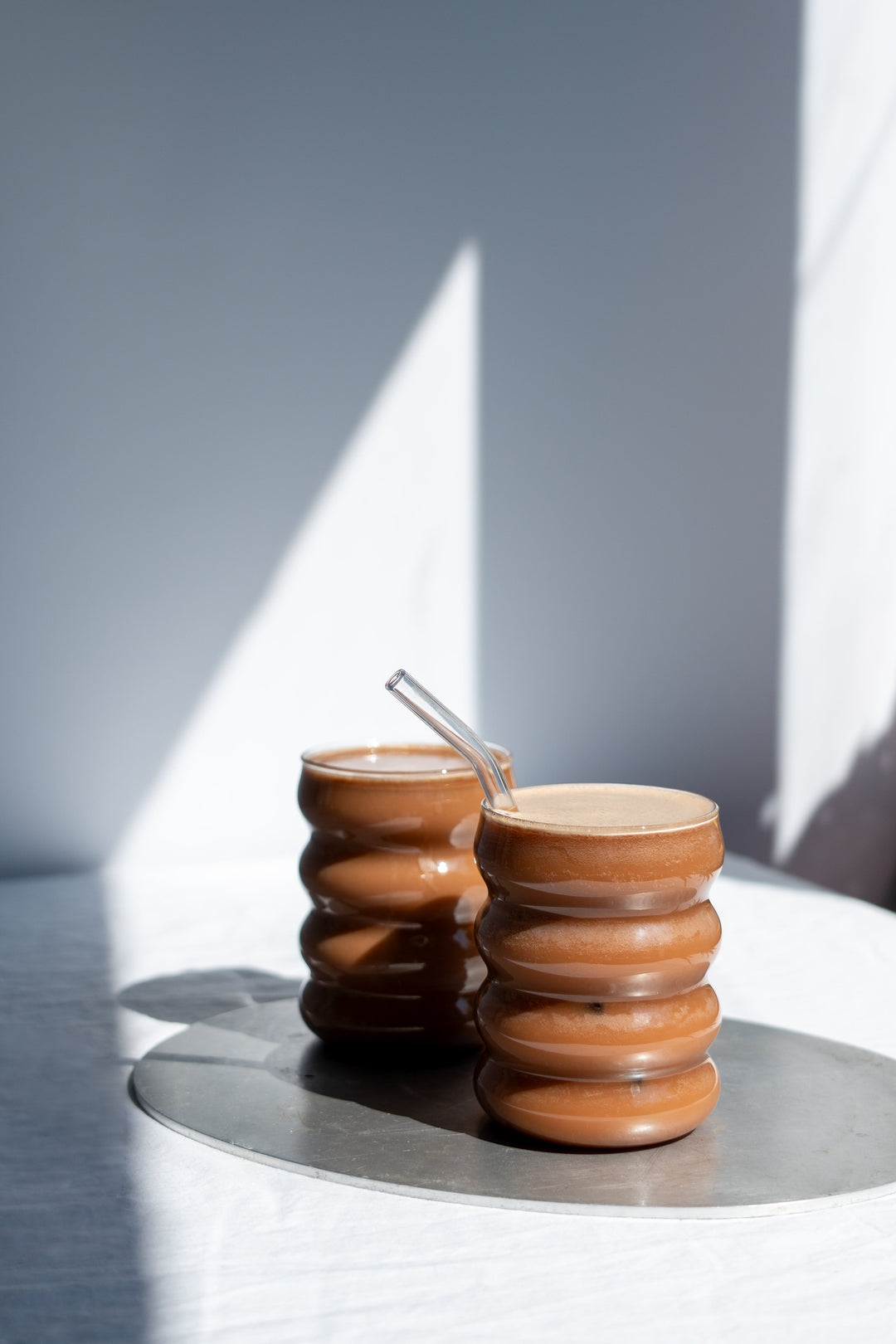
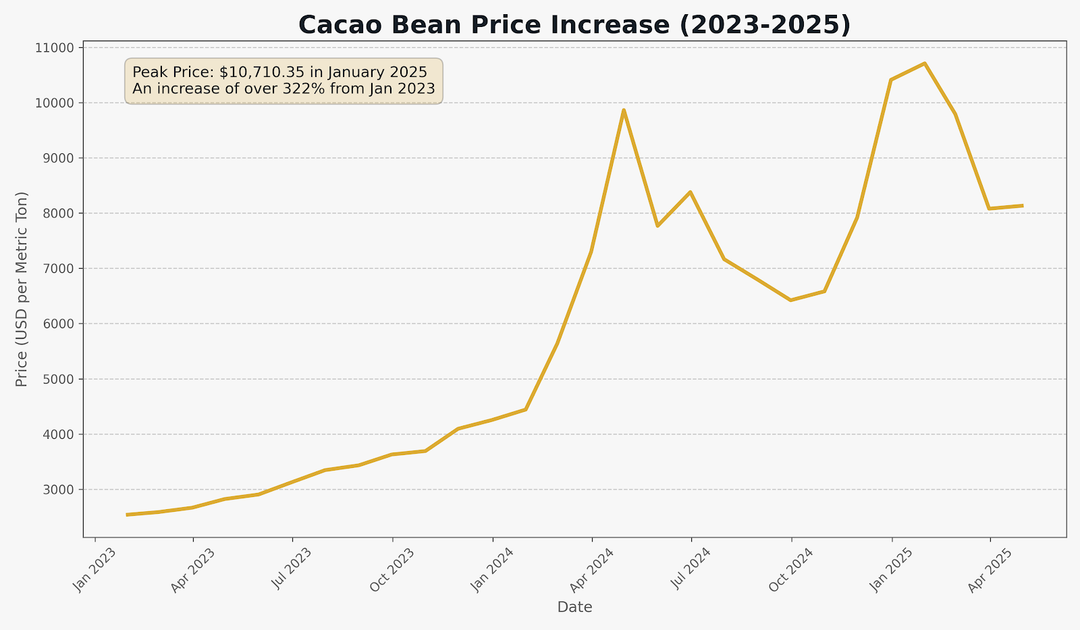
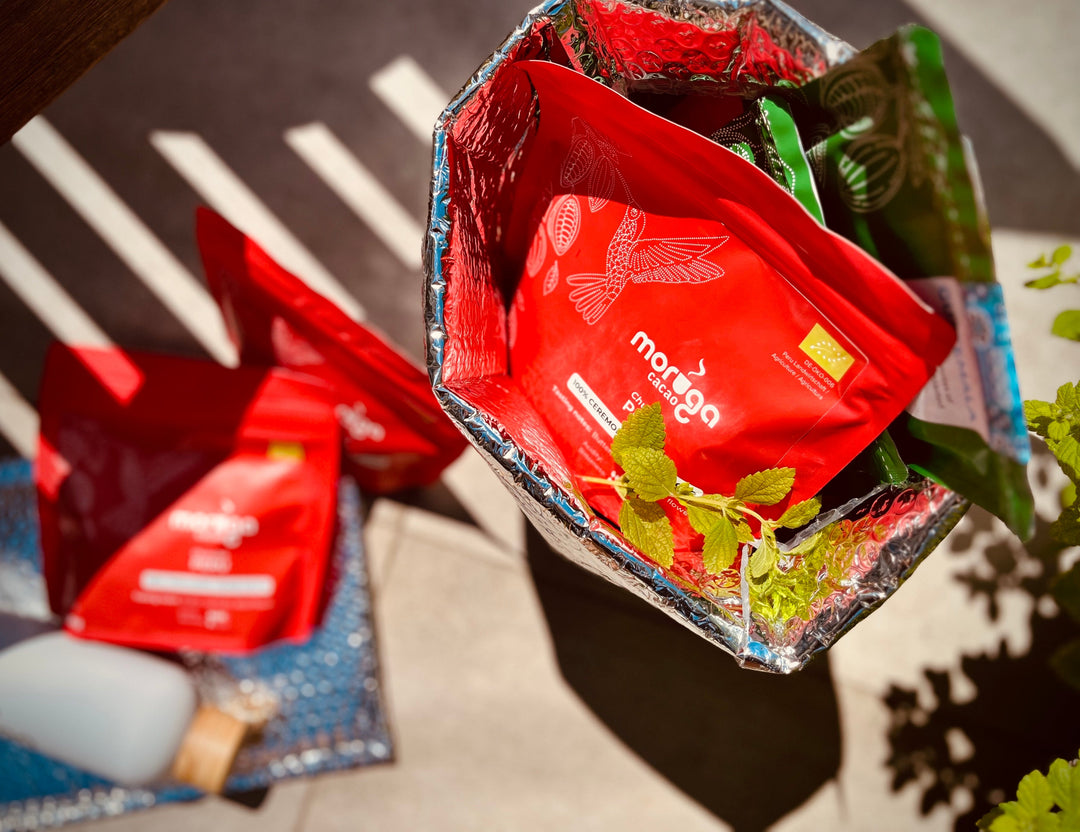
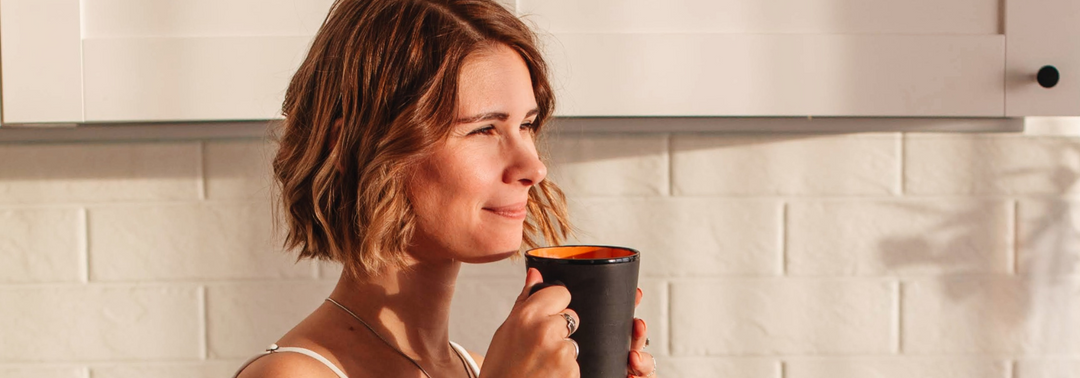
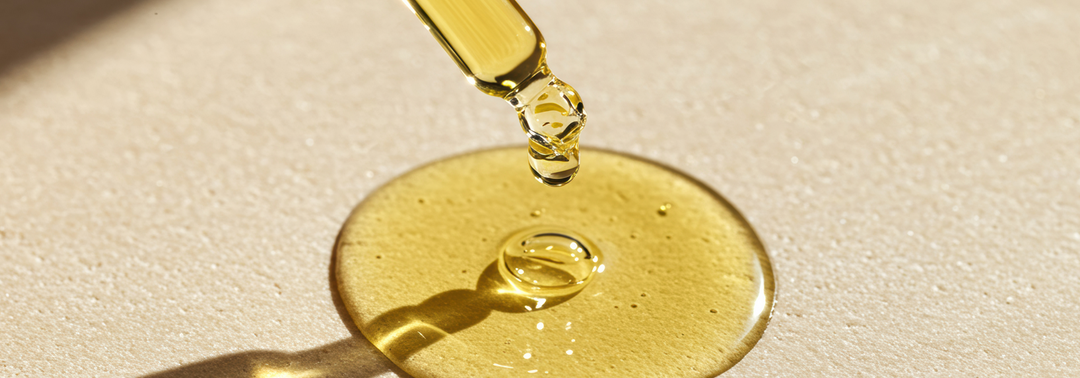
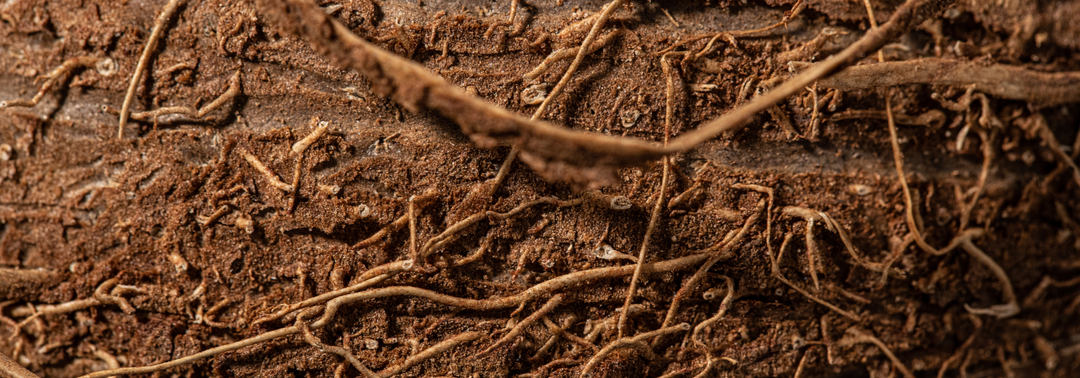
Leave a comment